How to make soap from remnants with your own hands?
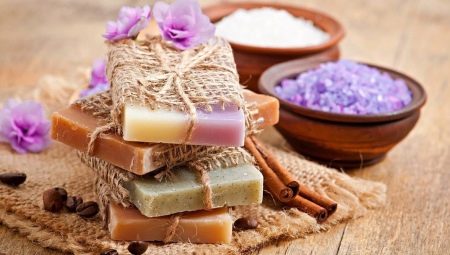
For a needlewoman and an enterprising hostess in everyday life, almost any thing can find a worthy use, despite its age and condition. Even the remains of soap in skillful hands, if desired, can turn into an excellent bath accessory, which is not inferior in quality and properties to expensive counterparts. Consider the recommendations of experts that should be adopted, intending to prepare a bar of new soap from old leftovers.
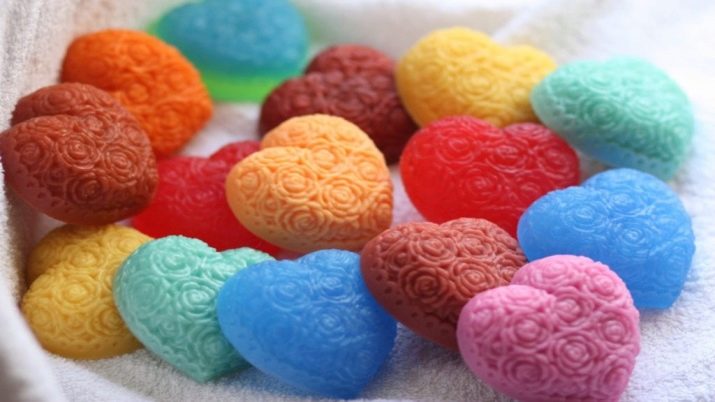
What is the best soap to use?
Making soap from old leftovers is most often the first step in the art of soap making. Those who like this procedure turn such a hobby in the future. into a serious hobby and even one of the ways to make a stable income.
Experienced needlewomen practically do not use old remnants and cheap auxiliary components in their work, but purchase professional sets for soap making.
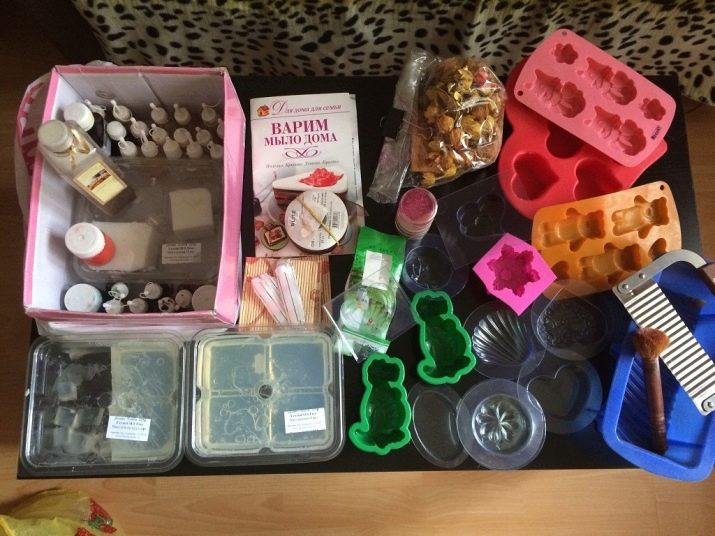
At the initial stage, fragments of old, unused soap are fine. According to knowledgeable needlewomen, the best source here will be remnants left over from a product intended for children. The baby soap is free of unnecessary additives, coloring pigments and perfumery fragrances, which provides ample space for creativity for novice soap makers.
If you use the remaining pieces of colored and perfumed toilet soap for work, you should take into account that the result may be unpredictable.Mixing remnants of different shades and aromas often results in the end product being very different from expectations.
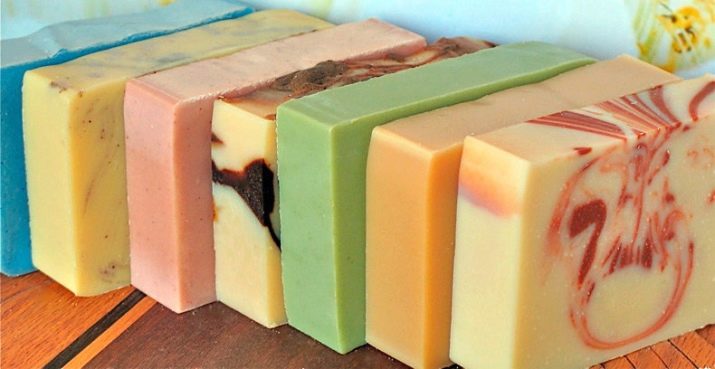
But also for the first experiments, soap residues with a neutral odor and a uniform color may be suitable. You can try to make a whole piece of good bath soap and remnants that match each other in shade.
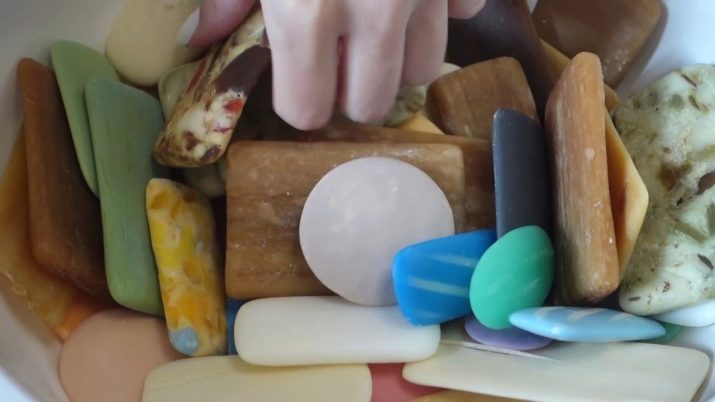
Preparation
At the preparatory stage, it is necessary to stock up not only with a sufficient amount of old remnants, but also with a set of improvised tools and equipment. So, as auxiliary tools for a beginner soap-maker, they usually act:
- utensils for mixing remnants and melting them;
- a set of forms for solidification;
- grater;
- a stick or spoon for mixing the soapy mass;
- auxiliary ingredients.
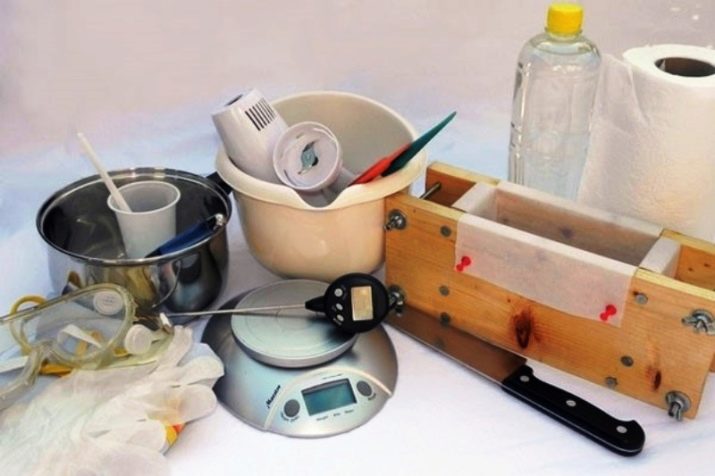
The dishes for preparing the mass-workpiece can be plastic or glass. It is best to use an enamelled saucepan or stainless steel bowl to melt the remnants.
It is recommended to use children's sandbox sets made of durable plastic as forms for solidification. Soap, frozen in a silicone mold for making muffins or tartlets, will look no less original.
A grater is one of the basic tools of a soapmaker. However, in its absence, it is not forbidden to use a kitchen or carpenter's hammer. In this case, the remnants should be placed in a tight bag before grinding.
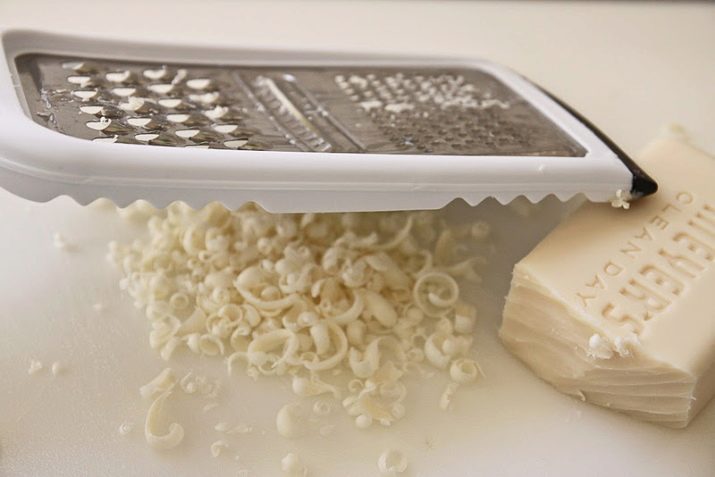
Many inexperienced soapmakers who are just starting to master such an original hobby willingly experiment with various auxiliary ingredients. Their list is very extensive and varied. It can be both base and essential aromatic oils, birch tar, milk, coffee grounds, cocoa, decoctions of aromatic herbs. However, experienced soap makers do not recommend getting carried away with additional components. At first, it is enough to make a few mistakes in the calculations, in order to then lose forever interest in soap making.
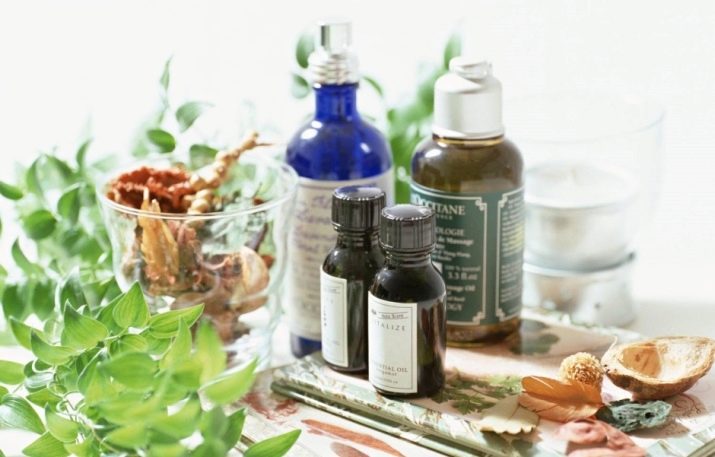
Safety regulations
Most recipes for making soap from leftovers involve heat treatment of the blank mass. Regardless of whether the soap mass will be prepared on gas, an electric burner or in a microwave oven, a soap maker all safety requirements that imply competent work with hot and hot objects should be observed.
Experienced needlewomen advise at this stage to use protective gloves, a kitchen apron and potholders, which will protect from accidental burns and injuries.
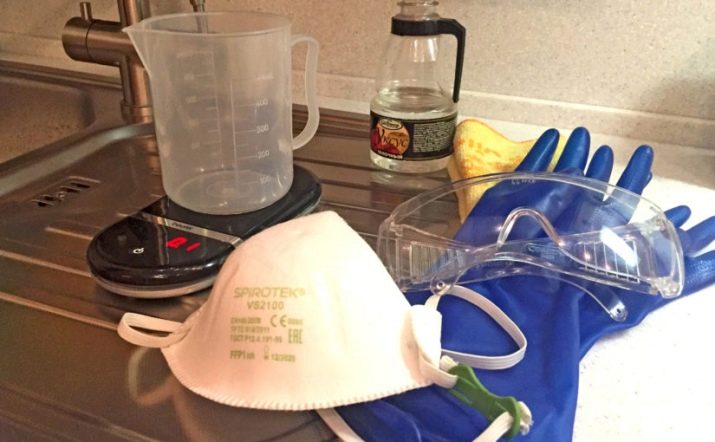
Great care should be taken when working with essential oils. Their concentration is so strong that it can cause chemical burns. For this reason, it is also recommended to work with essential oils with protective gloves, avoiding contact with the skin and mucous membranes.
It is strictly forbidden to experiment with essential aromatic oils for people with allergies. Inhalation of the aromas of such oils can not only provoke a spasm and a choking attack, but also cause a severe allergic reaction.
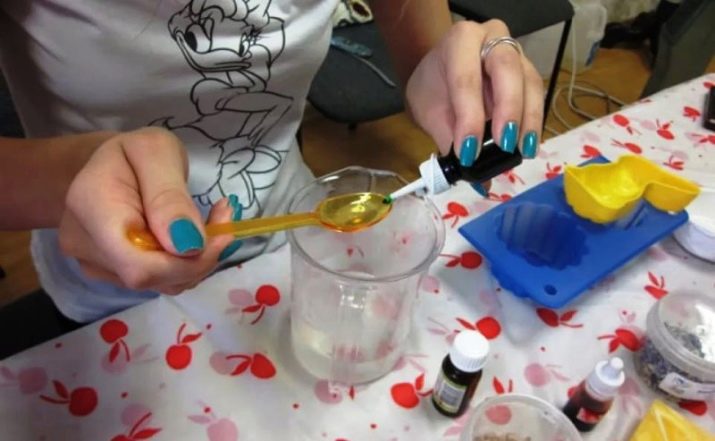
To prepare soap, it is better to use unnecessary old dishes that are not used for storing food and preparing meals. In the future, the old kitchen utensils can be replaced with a professional set of forms and containers.
The subtleties of manufacturing
The technology of making soap from leftovers, even according to the simplest recipe, contains many specific subtleties. So, all prepared remnants must be grated before melting. In the absence of this tool, it is allowed to grind remnants with a knife or hammer. The smaller the pieces, the more uniform the new bar of soap will be. In addition, small fragments of soap will dissolve faster, which greatly speeds up the whole work.
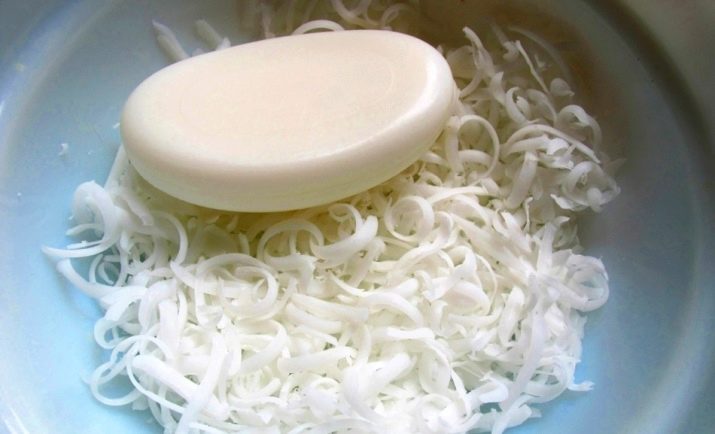
You should first study the most simple and accessible recipes, which contain detailed instructions, scheduled in stages. Below are the most popular DIY methods for making solid and liquid soaps from leftovers.
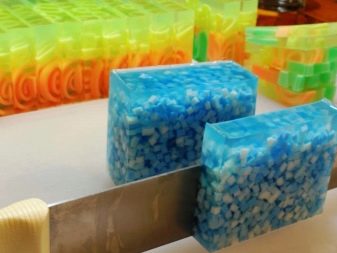

Liquid
To prepare this product at home, you will need to prepare the following ingredients (for 200 grams of rubbed remnants of old soap):
- hot water - 150 grams;
- glycerin and lemon juice - 1 tablespoon each.
The acid of lemon juice in this recipe acts as a preservative, extending the shelf life of future soap, and also contributes to the formation of a thicker foam. Glycerin, in turn, makes the product smoother and softer. And also glycerin, being a part of the soap, helps to soften the skin during water procedures.
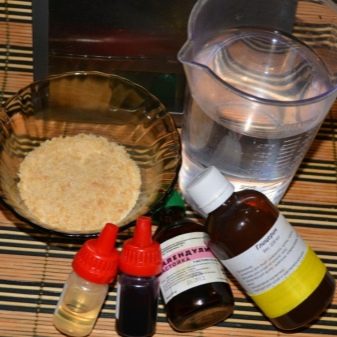
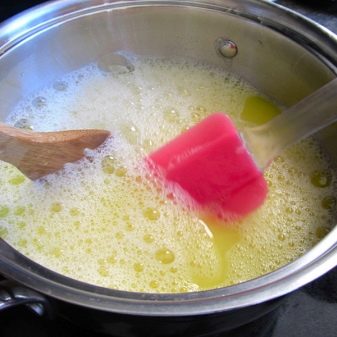
All ingredients must be mixed in a plastic container (it is most convenient to use a bottle with a dispenser). Then the soap solution should infuse for 2-3 days... During this time, future soap follows shake and shake thoroughly for better dissolution of the main ingredients. When the mass becomes completely homogeneous, the soap can be used for its intended purpose.
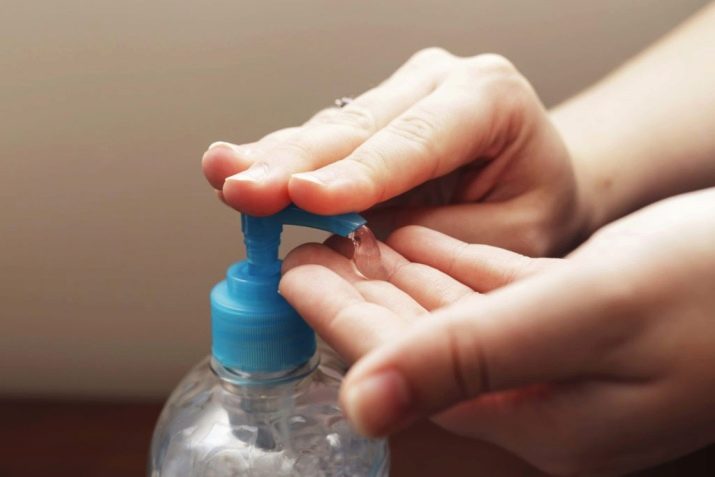
Solid
The technology for preparing solid soap differs significantly from the above instructions. In most cases, recipes for preparing such a product involve heating the main ingredients - remnants and water.
To melt the remains of old soap on the stove, you will need to grind them on a grater, pour hot water, stir and put on a small fire. For those who are making solid soap for the first time, experienced needlewomen recommend not taking too many ingredients. For the first time, 200 grams of soap shavings and 200 milliliters of water will be enough.
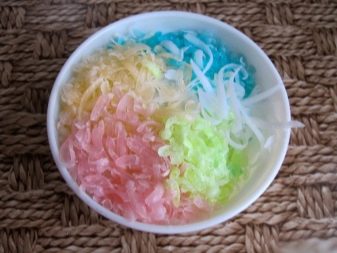
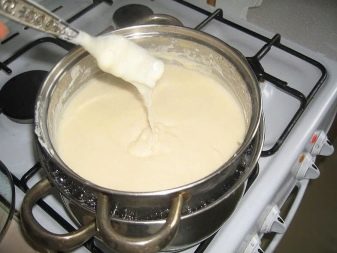
While the mass is heating up, it must be stir constantly. As it heats up, the water will evaporate, and the soap shavings will turn into a homogeneous substance. At the end of the work, it is allowed to add a few drops of essential oil to the resulting homogeneous mass. Still need to stir again and put into molds, oiled with olive or vegetable oil. Once set, the soap is ready to use.
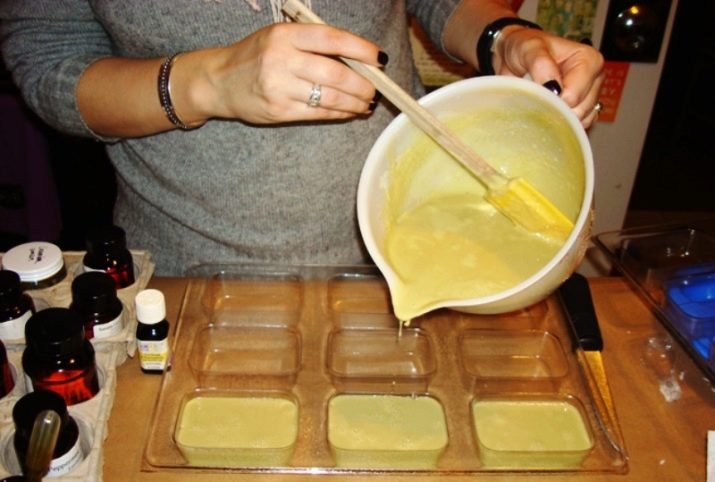
In the microwave
The microwave oven is a reliable assistant for many soap makers who prefer to save time on making soap at home. Here, as in the previous case, you will need to mix water and soap shavings, and then transfer everything to dishes (glass or ceramic for microwave ovens).
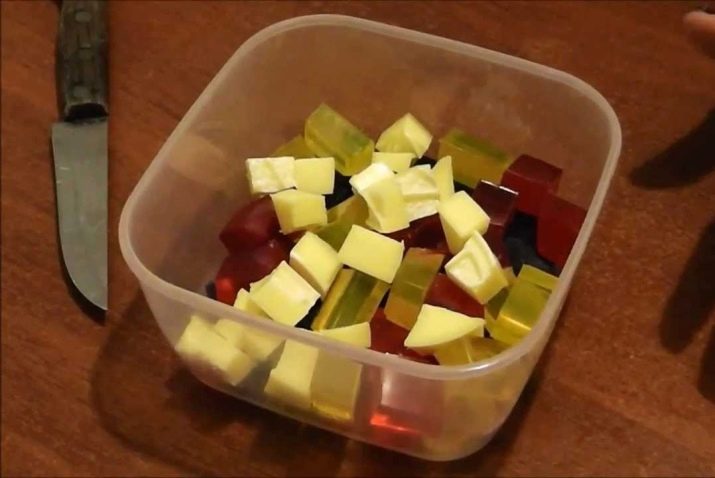
Then the microwave oven is transferred to the most powerful heating mode and the operating time is set in the range from 15 to 30 seconds. The more efficient the unit, the shorter the heating time should be.
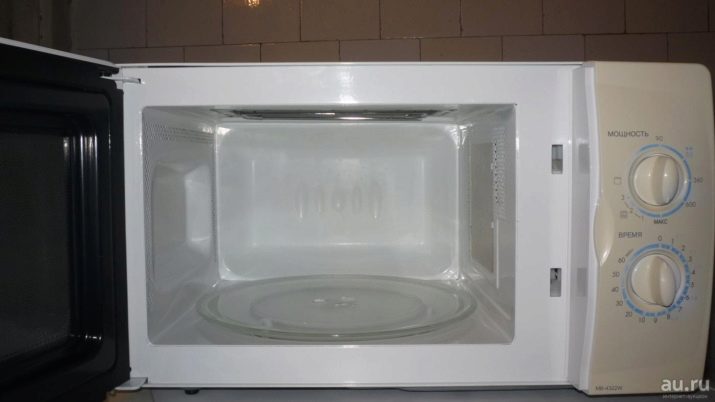
It is important to make sure that the mixture warms up well, but does not boil. When the oven turns off, remove the soap mass and mix thoroughly until a homogeneous consistency.
The resulting mixture can be immediately laid out in forms, or else you can experiment with it by adding certain components. You can add oils, ground coffee grounds, honey or any other ingredients to the soap mass.
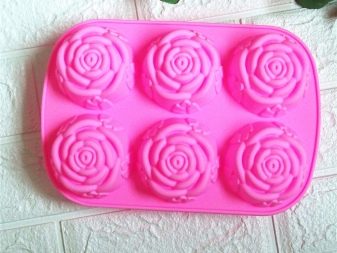
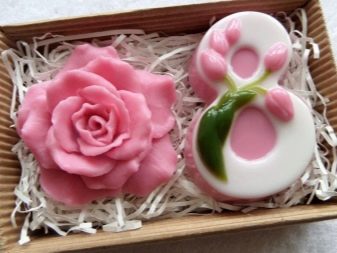
The mass should be laid out in forms greased with oil. Thanks to this, the finished whole bar of soap can be easily removed. To speed up the hardening process of the mixture, it is allowed to put the molds in a cold place. This will significantly reduce the preparation time of the soap, but will not in the best way affect its uniformity.
For this reason, it is better to resort to cold help in making homemade soap in the most extreme cases.
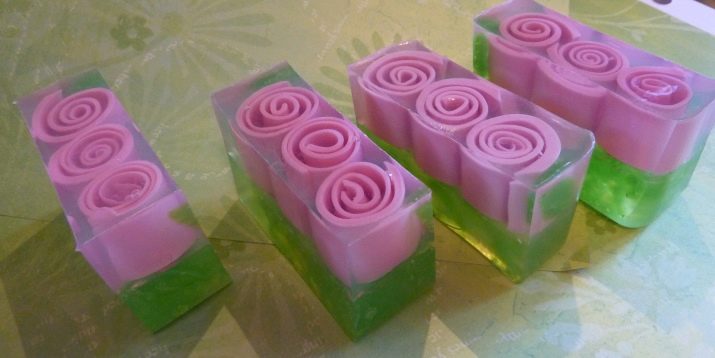
On a water bath
Many soap-makers prefer to use a water bath in their favorite pastime. This method allows you to avoid sticking and boiling of the soap mass, to prevent unnecessarily rapid evaporation of moisture.With the help of a water bath, uniform heating of a soap-water solution is ensured, which is not always possible to achieve using an open fire or a microwave oven.
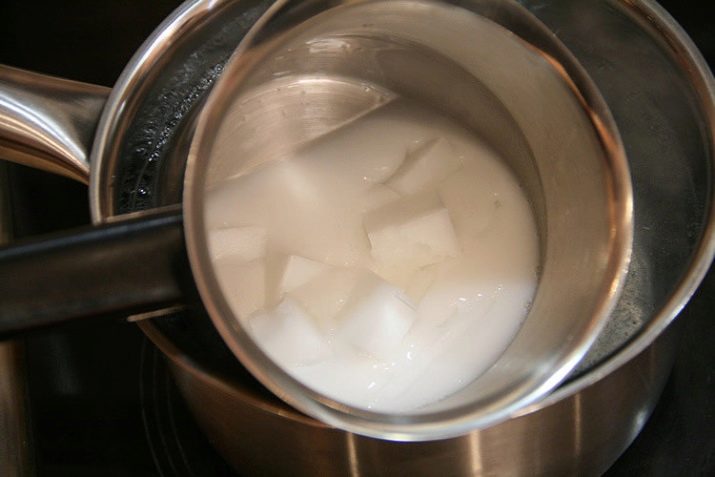
To cook quality homemade soap from leftovers at home using a water bath, you will need to prepare a mixture of basic ingredients - soap shavings and water. Then you need to take two pots of different sizes, fill the larger one with water and send it to the fire.
When the water begins to boil, place a smaller container in a large saucepan, filling it with soapy mass in advance. As the water heats up, the soap chips will melt and moisture will evaporate in the container from above. The mixture in the upper pot is required stir periodically, not allowing it to boil.
When the consistency of the soap mass is 90% homogeneous, remove the upper container, mix its contents again and lay it out in shapes (or add additional ingredients as desired). The soap blank in the molds should be hardened in a dry place. It is impossible to expose the molds to the open sun, since direct sunlight will negatively affect the appearance of the future soap.
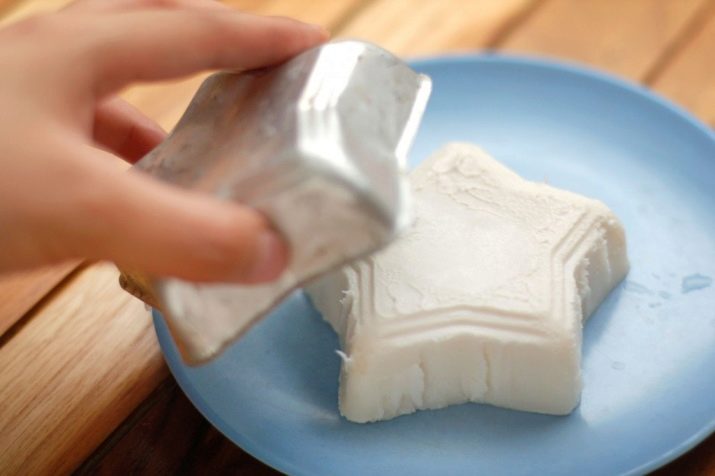
Auxiliary ingredients and their properties
A very large number of additional ingredients are used in home soap making. It can be both improvised means (honey, milk, oils), and professional components purchased in specialized stores. Below are the most common aids used in making handmade soaps.
- Jojoba oil Is a popular ingredient in home soap making, recognized for its moisturizing effect. If you add it to homemade soap, you get a product that has a soothing and softening effect.
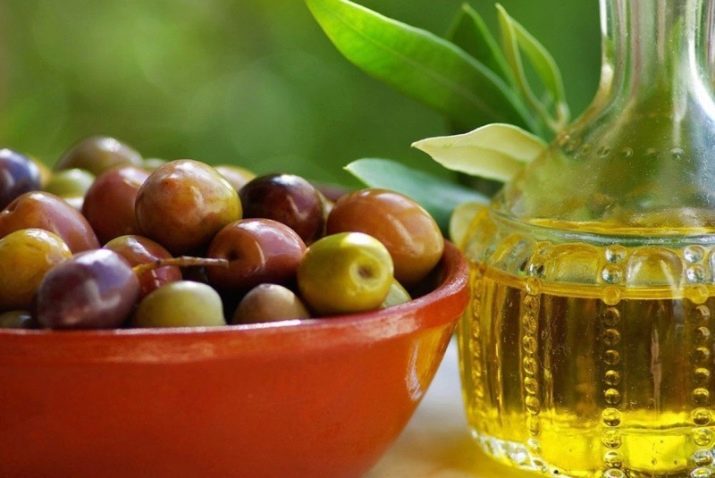
- Coconut oil Is a common ingredient found in many skin care products. Soap with the addition of this component has good foaming, softening and protective effect.
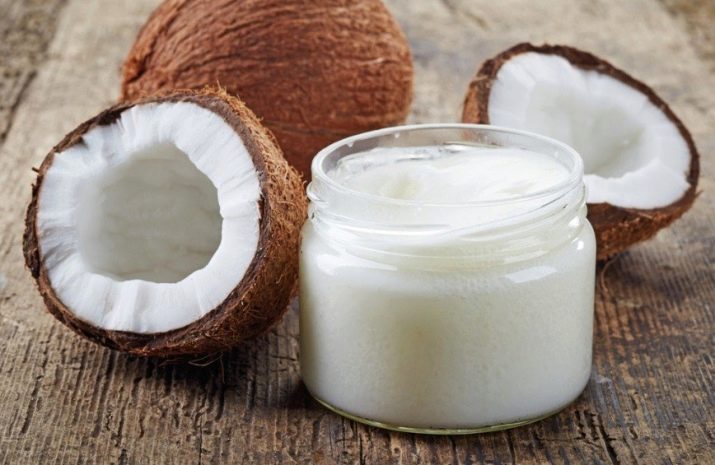
- Almond oil (sweet) - one of the original ingredients used in homemade soap making. By adding it to the composition of solid soap, you can get a product with a light and pleasant aroma, as well as good cleansing properties and airy foam.

- Milk - a component that provides the skin with hydration and nutrition. Soap with the addition of raw or boiled goat's or cow's milk makes the skin softer and fresher. Powdered milk is also allowed in soap making.
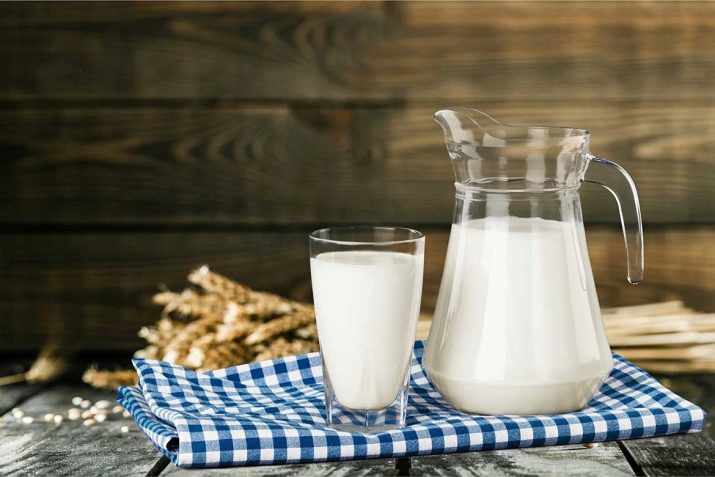
- Ground coffee (or black coffee grounds) - an ingredient used in homemade masks and peels. If you add this ingredient to your homemade soap, you can get a product with good cleansing and exfoliating properties. However, you cannot use such soap for a long time, as the coffee grains will begin to irritate and injure the skin.
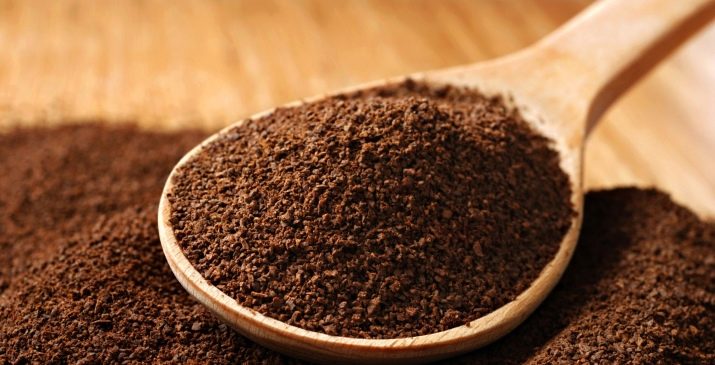
- Honey - a natural and healthy product that has a regenerating and softening effect. However, soap makers use it with caution, given that it can cause allergic reactions.
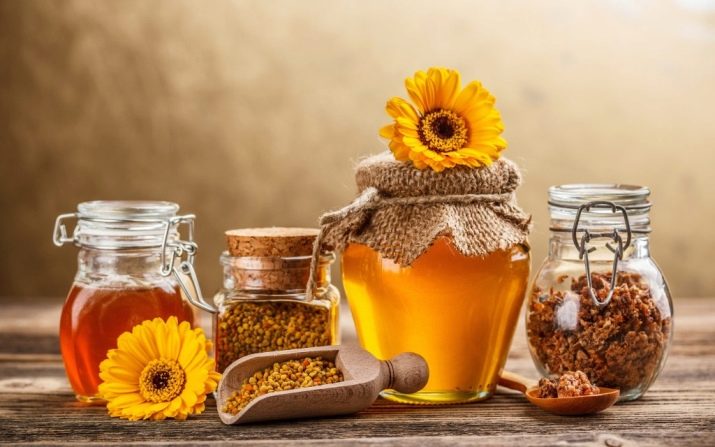
- Aloe juice - an excellent herbal component, on the basis of which a soap with excellent regenerating properties can be created. This ingredient is able to have a soothing effect on irritated and inflamed skin and to refresh the complexion.
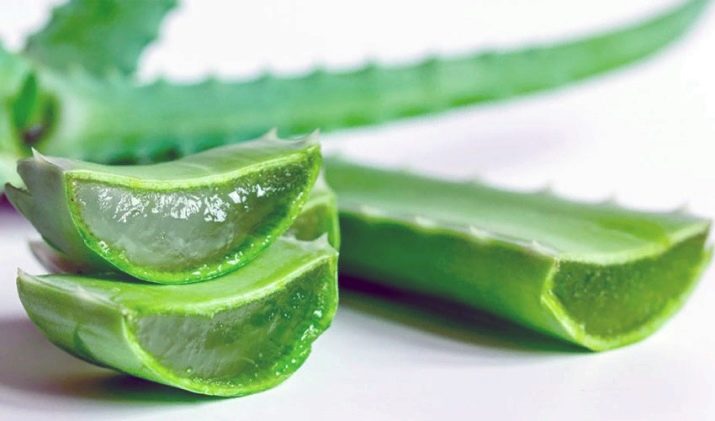
- Poppy - one of the excellent components that is used in soap making to give the final product a number of useful properties. The soap, which contains small poppy seeds, exfoliates the skin well and rather gently, removes traces of dryness.
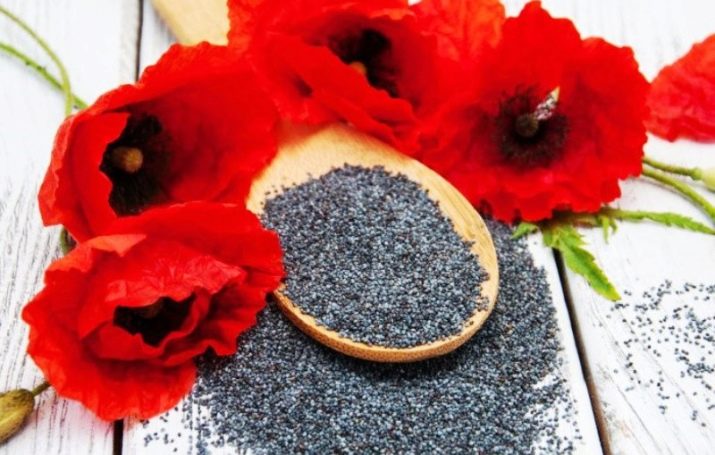
- Ground cinnamon Is another ingredient that not only provides the soap with a pleasant scent, but also provides it with good exfoliating properties. However, such soap, like soap with added coffee, cannot be used for a long time. Long-term use of such products can cause minor injuries and localized skin damage.
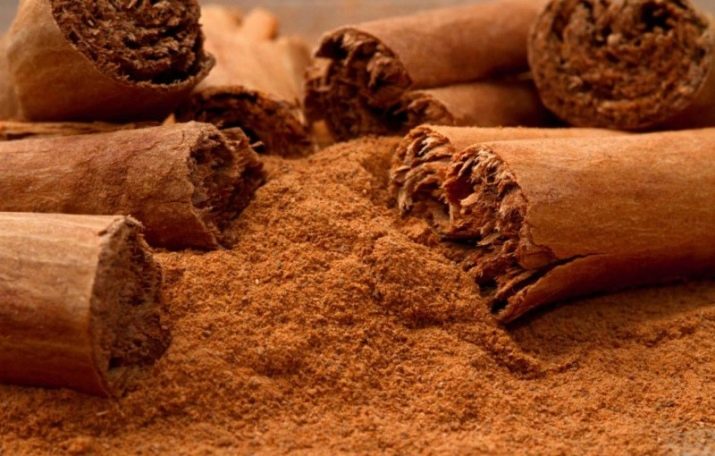
- Healing clays (red, white, blue) - natural ingredients used to prepare a variety of face and body skin care products. The addition of natural clays to homemade soaps gives the final product an interesting hue and enhances its antibacterial, soothing and drying properties. This soap works well for oily and acne-prone skin.
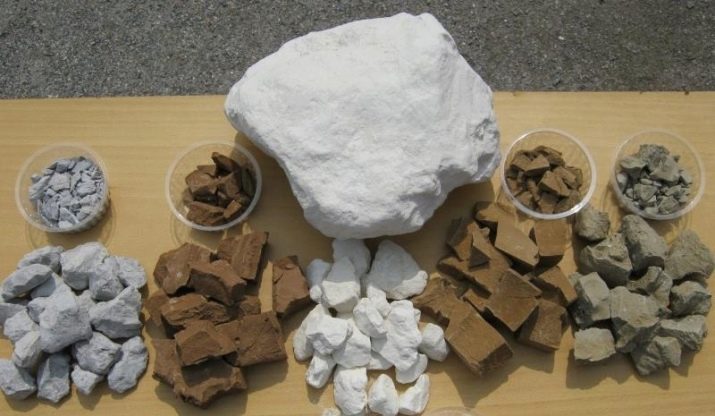
- Oatmeal or bran - a hypoallergenic ingredient that gives homemade soap the properties of a mild exfoliant. This soap has gentle cleansing and drying properties, it helps to restore a healthy complexion, slightly narrowing pores and eliminating redness. Soap with the addition of oatmeal and bran cleanses without causing irritation, therefore it is recommended for teenage, sensitive and delicate skin.
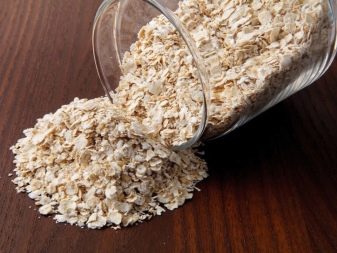
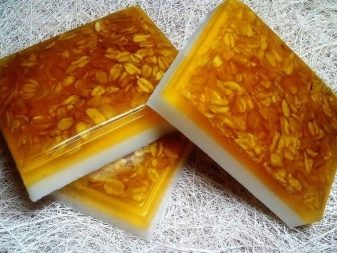
- Decoctions of medicinal herbs (chamomile, St. John's wort, calendula, thyme) - herbal ingredients that provide anti-inflammatory, antibacterial and regenerating effects to homemade soaps.
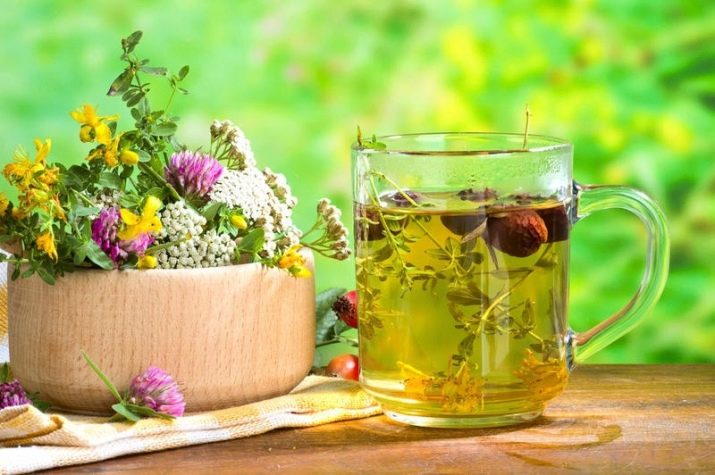
- Other herbal decoctions (bark of oak, linden, birch leaves) Are other popular ingredients often featured in traditional medicine recipes and home skin care formulations. The complex of actions that soap with the addition of such components will have is largely determined by the properties of the plant raw materials itself. Thus, oak bark has an astringent effect, it slightly tightens pores and soothes the skin. Linden - restores complexion, rejuvenates. Birch leaves - relieve inflammation, cleanse and soothe the skin.
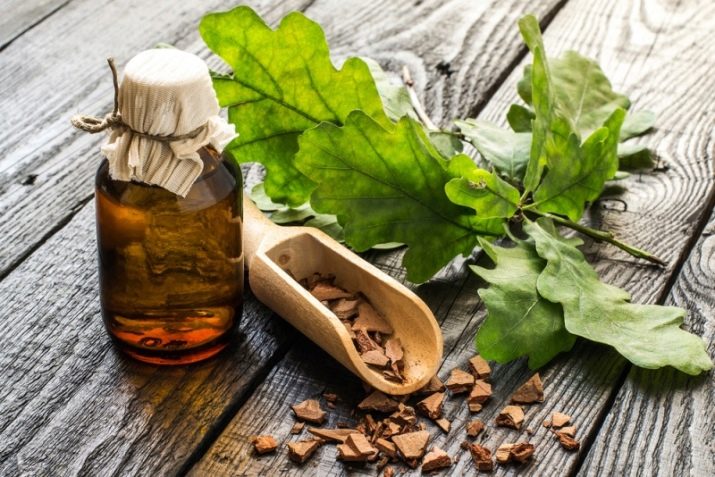
Helpful hints
It is difficult for novice soapmakers to avoid mistakes by making decisions on their own at every stage. In order not to be disappointed in such an interesting hobby, you should use the recommendations of experienced people.
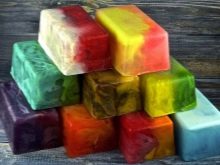
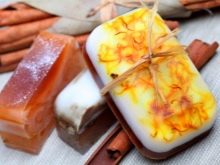
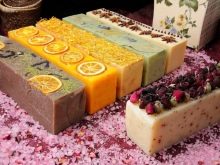
So, experienced soap makers do not recommend for beginners at first to abuse experiments with additives. A large amount of auxiliary components (oils, coffee, decoctions of plants) can irrevocably spoil the final product without obtaining any result.
Another helpful tip to follow when preparing ingredients is in the use of a fine grater. Crushing soap residues with a knife or hammer should only be used in extreme cases.
It is almost impossible to achieve even and fine soap chips with these tools, and, consequently, the quality of the final product will be noticeably worse.
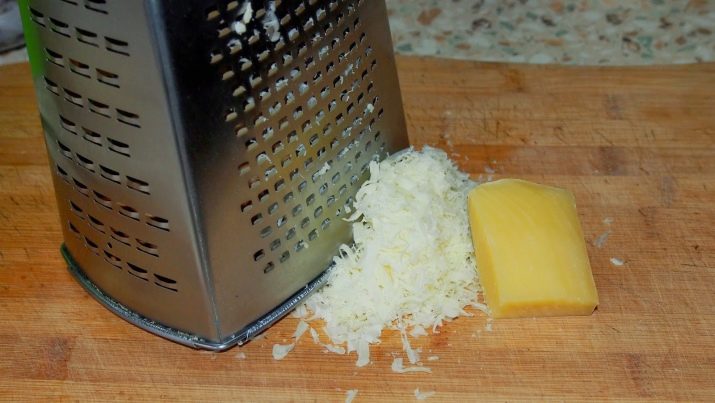
If a novice soap-maker needs to prepare a soapy detergent for dishwashing, then here too he can use the recommendations of knowledgeable people. So, during the preparation of liquid soap, it is enough to add 1 tablespoon of mustard and soda (food or soda ash) to the solution to get an excellent detergent. This product copes well with dirt, grease, and even old carbon deposits.
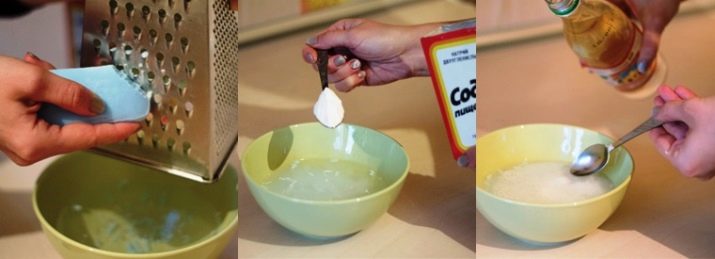
For information on how to make soap from debris with your own hands, see the next video.








